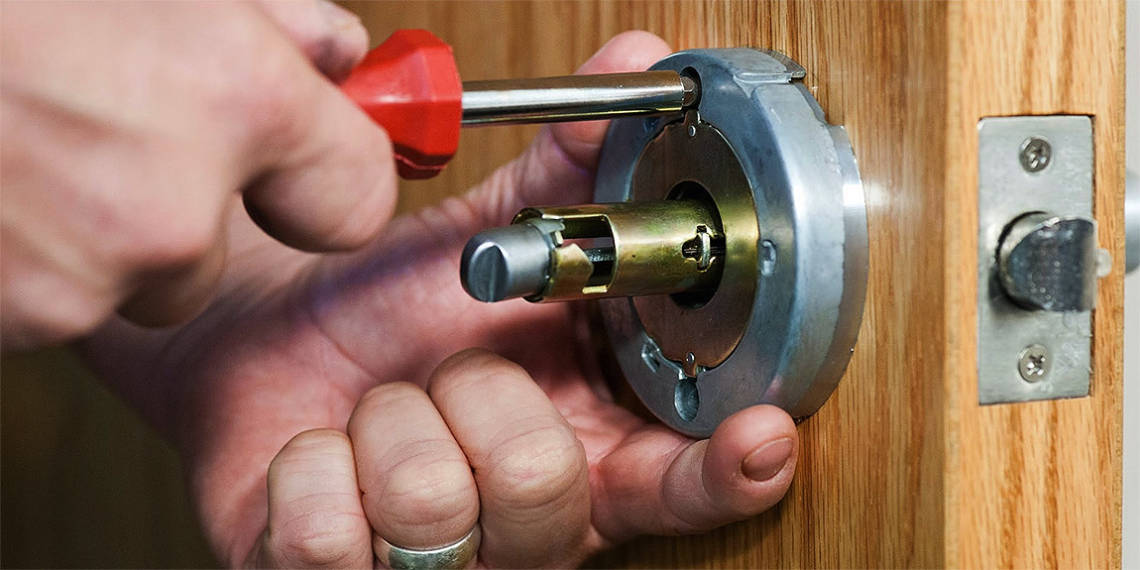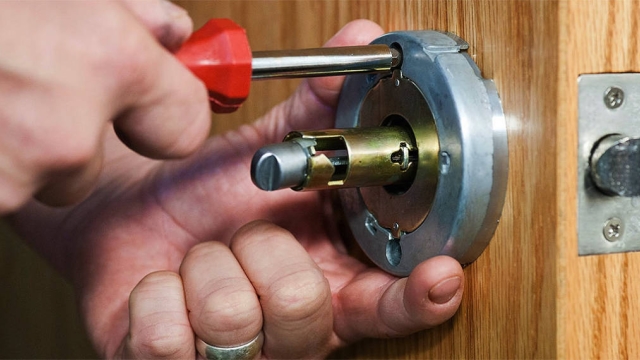
In a world where security is of paramount importance, the role of locksmiths stands out as both an art and a science. These skilled artisans possess a unique blend of technical expertise and creative problem-solving abilities that allow them to unlock more than just doors. They delve into the intricate mechanisms of various locking systems, understanding their complexities and vulnerabilities, and provide solutions to safeguard our homes, businesses, and valuable possessions.
Locksmithing is not merely about opening locked doors; it encompasses a wide range of services, from key duplication to advanced security system installation. The evolution of this craft has seen locksmiths adapting to new technologies and methods, ensuring that they stay one step ahead of potential threats. As we explore the fascinating world of locksmithing, we uncover the secrets behind this essential trade, revealing how locksmiths utilize their skills to secure our lives and give us peace of mind.
History of Locksmithing
Mobile Locksmith Service
Locksmithing has a rich and intriguing history that dates back to ancient civilizations. The earliest known locks and keys were discovered in the ancient city of Nineveh, in modern-day Iraq, dating back to around 4000 years ago. Made of wood, these locks relied on a simple pin mechanism that allowed for basic security. As societies evolved, so did the need for stronger and more sophisticated locking mechanisms, leading to advancements in materials and designs.
During the Roman Empire, the craft of locksmithing saw significant developments. Metal locks began to appear, utilizing complex mechanisms that improved security. The craftsmanship of locksmiths became highly regarded, as they were often commissioned to create intricate locks adorned with intricate designs. This period marked the beginning of locksmithing as a recognized trade, with specialized skills being passed down through generations.
In the Middle Ages, locksmithing continued to evolve with the introduction of higher levels of security. The first combination locks and more intricate designs were developed during this time. As the importance of privacy and security grew, locksmiths began to form guilds, ensuring the protection of trade secrets and the quality of craft. This era laid the groundwork for modern locksmithing, establishing practices that still influence the field today.
Tools of the Trade
Locksmiths rely on a variety of specialized tools to effectively perform their tasks. Basic tools include a set of picks and tension wrenches, which are essential for opening pin tumbler locks. These tools allow locksmiths to manipulate the lock’s pins and achieve the right tension to unlock the mechanism. Alongside these are power tools such as drills and saws, which are used for more complex jobs, including creating new keys or removing broken locks.
Another critical category of tools in locksmithing includes key cutting machines. These machines are designed to create duplicates of keys with precision. Advanced models can even replicate programmable keys for modern vehicles. Having a robust key cutting setup is vital for a locksmith’s business, as it enables them to cater to a broader range of customer needs and ensures quick service delivery.
Lastly, locksmiths utilize diagnostic and inspection tools to assess the condition of locks and security systems. Devices such as endoscopes or cameras can help inspect hard-to-reach areas without damaging the locks. Additionally, software tools are sometimes used for electronic locks, allowing locksmiths to interface with and troubleshoot digital security mechanisms. Such a diverse toolkit not only enhances efficiency but also enables locksmiths to offer comprehensive security solutions.
Understanding Lock Mechanisms
Lock mechanisms are the heart and soul of locksmithing, serving as the primary defense against unauthorized access. Modern locks come in a variety of types, each designed with a unique method of operation. Traditional pin tumbler locks rely on a series of pins that must be aligned properly for the lock to turn. When the correct key is inserted, the pins are pushed up into the correct position, allowing the cylinder to rotate. Understanding how these components interact is essential for any locksmith.
In addition to pin tumbler locks, numerous other mechanisms exist, including wafer locks, disc detainer locks, and electronic locks. Wafer locks utilize flat wafers that move in alignment with the key, while disc detainer locks feature rotating discs that prevent the lock from turning unless the right key is used. With the rise of technology, electronic locks have become increasingly popular, offering various features such as keypads, biometric readers, and smart connectivity. Each type of lock requires a specific knowledge base to address its unique challenges.
To master the art of locksmithing, one must delve deeper into the mechanics of these locks. Understanding the design, construction, and operation of various lock types allows locksmiths to troubleshoot issues effectively and develop innovative solutions. The ability to pick, bypass, or repair a lock relies heavily on this foundational knowledge, making it crucial for aspiring locksmiths to study these mechanisms thoroughly to enhance their skills and expertise in the field.
Techniques for Unlocking
Locksmiths utilize a variety of techniques to unlock different types of locks, each suited to the complexity and security features of the lock in question. One of the most common methods is the use of lock picks. This involves inserting specially designed tools into the lock to manipulate the pins inside, allowing the locksmith to turn the cylinder and open the lock. Experienced locksmiths develop a keen sense of touch and sound, enabling them to recognize the subtle changes that occur as they pick the lock.
Another popular technique is bumping, which involves using a specially crafted bump key. This key is made to fit multiple lock types but has specific cuts that, when struck with a tool, can cause the lock pins to jump and align temporarily with the shear line, allowing the lock to turn. Bumping requires skill and caution, as it can potentially damage the lock or attract attention if not done discreetly.
For high-security locks, locksmiths may employ bypass methods. These methods can include using shims or other tools that exploit weaknesses in the lock’s design, allowing the locksmith to gain access without needing to pick or bump the lock. Bypassing requires an intricate understanding of the lock’s construction and is often used as a last resort when other techniques are not effective.
The Future of Locksmithing
The future of locksmithing is set to be shaped by rapid advancements in technology. With the rise of smart locks and keyless entry systems, locksmiths will need to adapt their skills to manage and repair these modern security devices. As homeowners and businesses increasingly turn to smart technology for convenience and security, locksmiths will be at the forefront of ensuring these systems are installed correctly and function safely. This shift emphasizes the importance of continuous education and training in the latest technological advancements for locksmith professionals.
Moreover, the integration of artificial intelligence and machine learning into security solutions is likely to impact how locksmiths operate. Innovative software can analyze access patterns and enhance security measures, providing locksmiths with valuable data to improve their services. As cyber threats become more sophisticated, locksmiths will also need to understand cybersecurity principles to protect their clients from digital vulnerabilities. This evolution opens up new opportunities within the locksmithing profession, blending physical security knowledge with digital expertise.
In addition, the rising demand for sustainable and environmentally friendly security solutions is influencing the locksmithing industry. Consumers are increasingly concerned about sustainability, prompting locksmiths to seek out eco-friendly materials and energy-efficient security systems. This focus on sustainable practices not only helps the environment but also appeals to a growing demographic of conscious consumers. As locksmithing continues to evolve, embracing innovative technologies, enhancing security measures, and prioritizing sustainability will be essential for professionals in the field.
